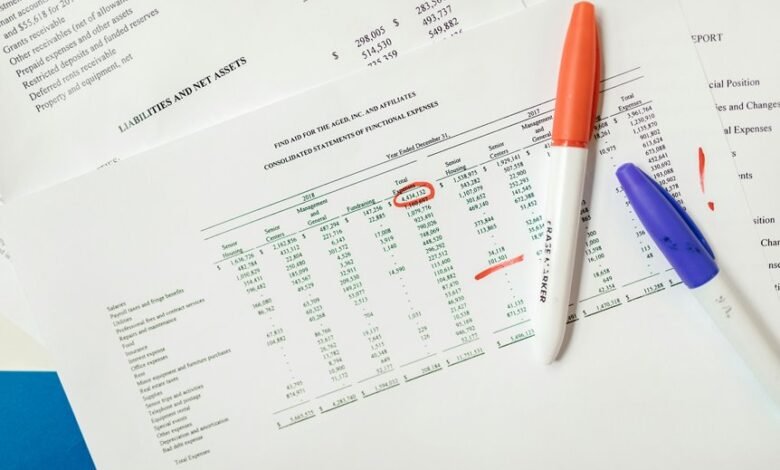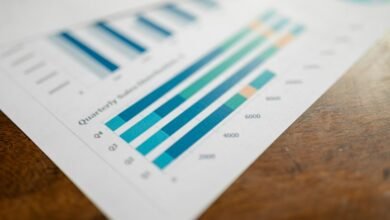Telecom Record Summary: 4056488531, 4056944126, 4056944440, 4057192064, 4057192096, 4057192128

The telecom records for the specified numbers present a complex web of communication patterns. Call frequencies and durations reveal user behavior, suggesting significant interactions among the numbers. This analysis may shed light on peak usage times and the dynamics of relationships. However, understanding these insights necessitates careful consideration of privacy regulations. The implications of these findings can influence service enhancements, prompting further exploration into their potential applications.
Overview of Telecom Records
Telecom records serve as critical documents that encapsulate the details of telecommunication activities, including calls, messages, and data usage.
As telecom trends evolve, the importance of these records grows, especially concerning data privacy. Organizations must navigate regulatory challenges while ensuring user confidentiality, highlighting the delicate balance between leveraging telecom data for insights and protecting individual rights in an increasingly interconnected digital landscape.
Analysis of Call Frequencies and Durations
How do call frequencies and durations impact telecommunication analysis?
Analyzing call patterns provides insights into user behavior, identifying peak usage times and communication trends.
Duration analysis complements this by revealing the nature of interactions, distinguishing between casual and serious conversations.
Together, these metrics enhance understanding of network efficiency, inform resource allocation, and ultimately optimize telecommunication strategies for improved service delivery and customer satisfaction.
Insights Into Relationships Between the Numbers
Although the data metrics collected from call frequencies and durations may appear to be standalone figures, they often reveal intricate relationships that can significantly inform telecommunications strategy.
Analyzing number patterns among these calls uncovers underlying caller connections, indicating potential networks of communication. By understanding these dynamics, telecom providers can enhance service offerings and improve customer experiences, fostering greater connectivity in an increasingly interlinked environment.
Conclusion
In conclusion, the intricate tapestry of telecom records for the identified numbers reveals a complex web of communication patterns, akin to the interwoven strands of a spider’s silk. This analysis not only sheds light on user behavior and peak interaction times but also underscores the importance of navigating privacy concerns in this digital age. As telecom providers refine their strategies, understanding these dynamics will be crucial in enhancing user experience while maintaining compliance with regulatory frameworks.






